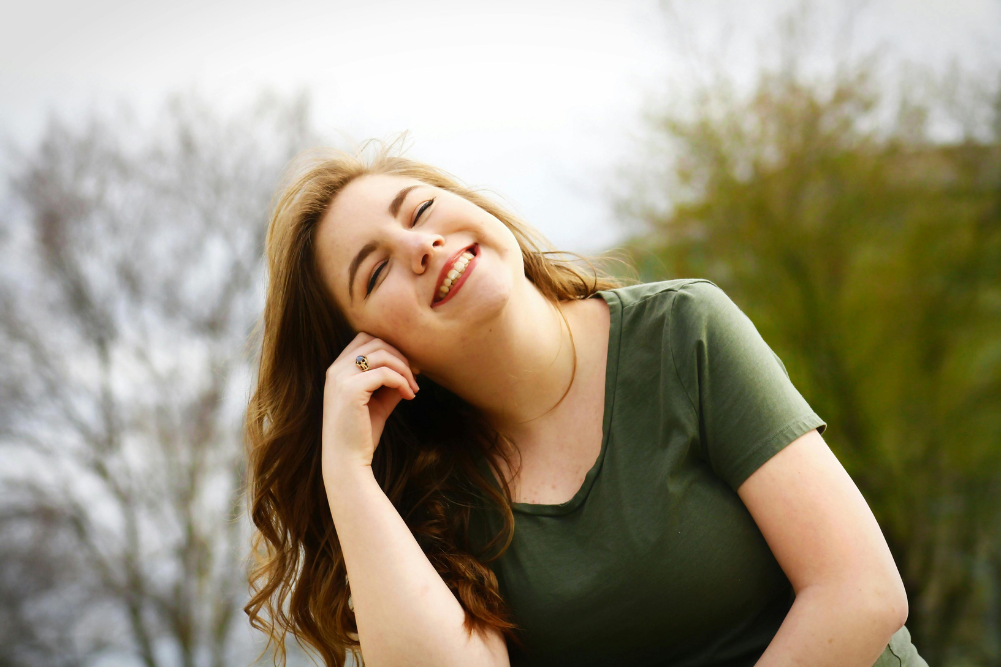Trick your mind
Magic tricks and illusions have always entertained and intrigued us and we often try our hand at some.
Here’s one you can try using a table top mirror. Place your left hand in front of the reflective surface and your right hand behind the mirror, about six inches away where you can’t see it. Now tap the table surface with your left hand while looking in the reflection and you will think that your right hand is moving – tapping the table too. But in fact your right hand does not move at all.
This “mirror box” illusion has been used in many neuroscience studies, including ones with amputees as a possible therapy to get rid of phantom limb pain where it can help the brain re-map and adapt to the missing limb.
These tricks and illusions are helping scientists understand how the brain solves problems of multisensory information and how it relates to embodiment and our sense of self.
A new version of the mirror box illusion developed by the University of Delaware is helping us understand more about the brain and how it works – how it processes multiple sensory inputs to perceive our bodies and the world around us.
In this study, participants placed their hand in opposite postures – one hand palm up the other hand palm down. The participants synchronously opened and closed their hands after which they opened and closed their hand asynchronously.
During the asynchronous movement of their hands, participants were surprised as they experienced a sensation of their hand flipping over or rotating completely to match the hand reflection, even though that hand did not move at all.
This creates a conflict between visual feedback and proprioceptive feedback for the hand behind the mirror.
Proprioception is the sense of where your body is in space which comes from your muscles and joints. It’s the same sense that allows you to touch your nose with confidence even when your eyes are closed.
In another experiment participants placed their hidden hand (behind the mirror) in more difficult rotations. This resulted in less illusion suggesting that when the visual and proprioceptive hands are in incongruent postures, information from the body schema contributes to multisensory integration.
Body schema is a representation of your body position in space and it takes in all relevant information from senses and muscles and joints about what the body can and cannot do.
According to the researchers, the brain optimally integrates all the sensory information it receives and then sorts out what the most reliable sense is.
In the conflict between visual and proprioception feedback, visual perception is always precise and mostly will rule but this study shows that the brain appears to be considering additional information such as the biomechanical constraints from the body schema while trying to resolve this conflict between senses.
These tricks and illusions are helping scientists understand how the brain solves problems of multisensory information and how it relates to embodiment and our sense of self.
This could help advance new treatments for people with brain injuries and for developing artificial limbs that feels like part of the body.
Cool tricks are not only for entertainment but now play a big role advancing research in how the mind works.
Source: Scientific Reports








